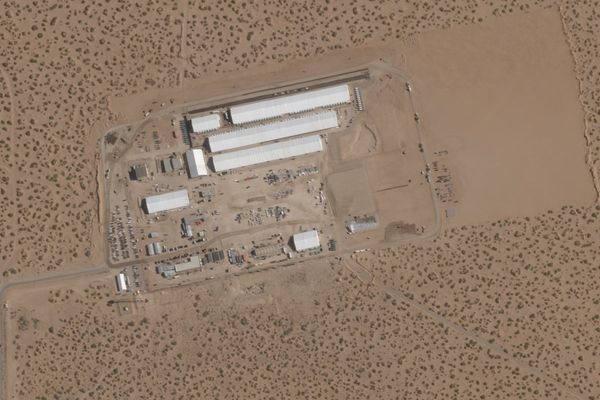
It's been a decade since the Port of Newcastle was privatised, with a 98-year lease handed over to a Chinese-owned entity in exchange for $1.75 billion - a decision which raised plenty of eyebrows at the time.
Although the community's collective eyebrows have returned to their usual position in the 10 years following the deal, there are issues that still linger in the background.
Since 2014, the port has facilitated a staggering $258 billion in trade, with more than 22,000 commercial vessels carrying 1.6 billion tonnes of cargo passing safely into its harbour.
Those eye-watering numbers have been accompanied with a revitalisation of the city's CBD and a much-needed diversification of the port, as the world slowly moves away from coal.
Conversely, there were concerns about handing over ownership of a sovereign resource to a foreign power, questions about the price and length of the agreement, and wonderings whether Newcastle's compensation was fair and why the city had to give away its deep-water harbour just to receive government funding.
So, was the port leased at a fair price? Hunter Means Business does not know enough about ports to give an informed assessment, but the deal works out to be roughly $17.8 million a year.
Port of Newcastle's financial statement shows that before interest, tax and depreciation, it made $105 million profit in 2023 and $95 million the year before.
That seems like good bang for buck. However, as the world's largest coal port, it is vulnerable to fluctuations in coal prices and the long-term term trend of large coal importers, such as Japan and South Korea, moving to other energy sources.
The value of trade at the port dropped by $23 billion, or 32 per cent last year, primarily due to a fall in the price of coal.
The Port of Newcastle (PoN) is keenly aware of its exposure to coal, and committed to diversifying the port.
Its diversification strategy includes the development of a clean energy precinct on Kooragang Island, which will include a $207-million hydrogen plant, and support more than 5200 jobs during construction and 650 ongoing.
The other big part of the diversification puzzle is a large-scale container terminal. After a drawn-out dispute with the state government, PoN has been given the green light to construct the project in exchange for a one-off compensation payment of $13.1 million.The diversification of the port will naturally take the city and the region's economy with it.
But did Newcastle get enough out of the agreement? The lease funded the $600 million light rail, which unlocked acres of land for development in the heart of the city.
Is that enough? You may as well ask how long is a piece of string (or how long the light rail should have been).
Hunter Means Business is generally of the opinion that Newcastle has historically been overworked, underpaid and under appreciated by state governments of all political persuasions.
The diversification of the port, the revitalisation of the city's CBD and (arguably) the light rail all inevitably had to happen for the city's growth. Why did it take the sale of a sovereign asset to unlock the funds to do so?
Can you imagine Botany Bay leased to a Russia-owned entity to fund Sydney's second airport, or Port Kembla privatised to an Iran-backed company to rebuild Wollongong's football stadium?
Disability expo
Transitioning from school to the next stage of your life when you are living with disability often comes with unique challenges and unexpected opportunities.
The Hunter Future Choices Expo will be held at McDonald Jones Stadium on Thursday, August 7. It is the only event of its kind in the region, and designed to help students plan their next stage of life.
The expo will have more than 60 exhibitors, with a focus on connecting young people living with disability to employment services, employers, education providers, disability providers and government services to help them make informed decisions about their future and the support available in the move to adult life.
Career Links chief executive John Purcell said although the expo was not aimed at the business community, it could offer them value too.
He urged business leaders to be aware of opportunities within the workplace to collaborate with local disability organisations.
"There are lots of organisations out there that help take our young people and assist them in integrating into the workplace," Mr Purcell said.
"A lot of these kids are young, keen and eager, and you can't ask for much more than that."
Hunter Means Business is a weekly column proudly flying the flag for the region's economic sector, published every Tuesday. Got a tip? Email jamieson.murphy@newcastleherald.com.au







